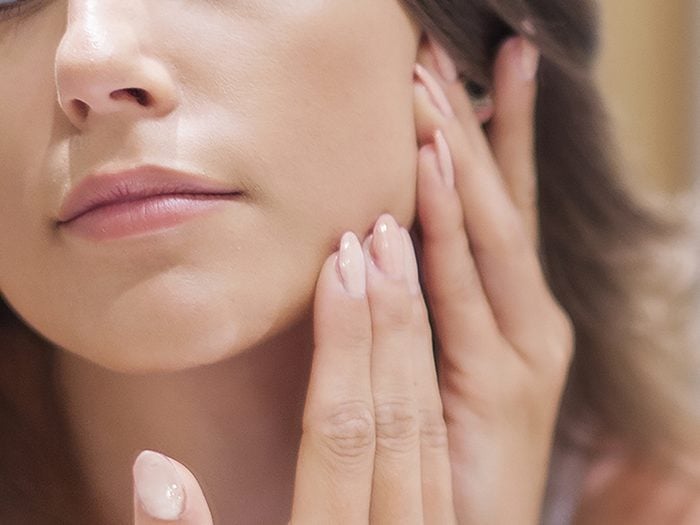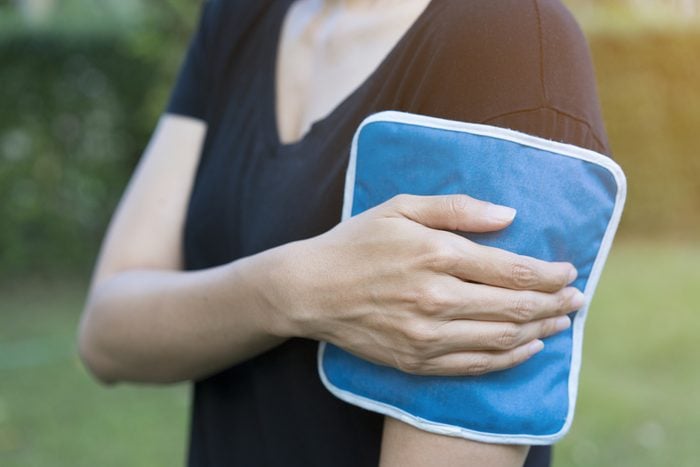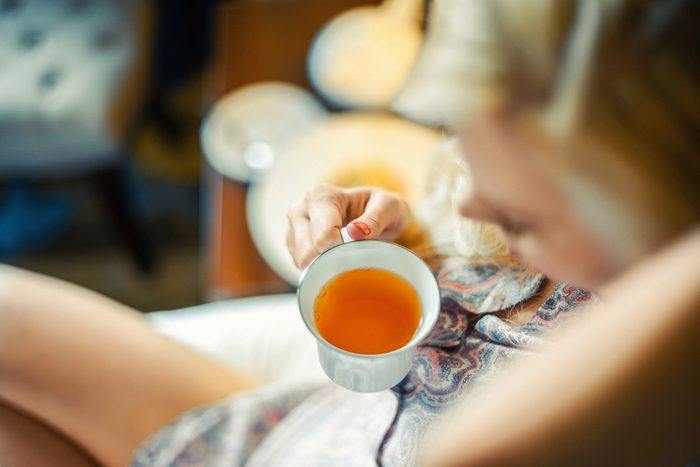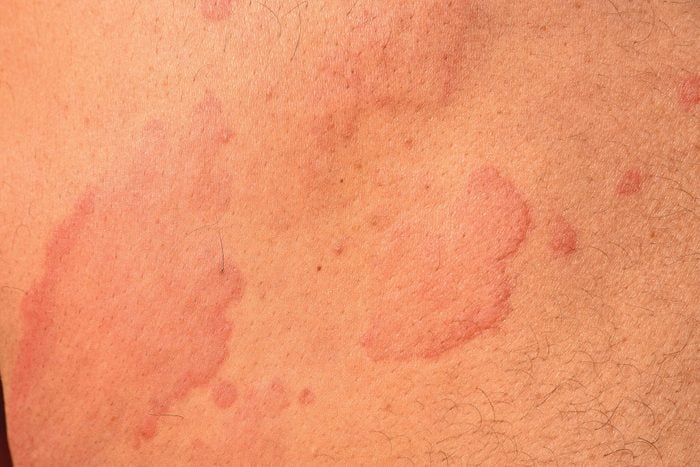
What are hives?
As small as jujubes or as large as saucers, hives are an allergic reaction that take the form of itchy red bumps or welts on the skin. They are the result of cells releasing histamine, a chemical that makes blood vessels leak fluid into the deepest layers of skin.
It’s not clear why some people get hives, while others don’t, and the “triggers” associated with hives are so numerous, they fit the category of “everything in the world.” Just for starters, hives can be caused by sunlight, heat, cold, pressure, stress, viral infections, or medications. Name anything that can cause an allergy, and it can also cause hives, including pollen, dust, dander, dust mites, shellfish, and other foods.
A simple antihistamine can help reduce the allergic reaction causing your hives. Choose one of the drugs that don’t cause drowsiness. While you let the medicine do its work, try the handy home treatments below for added relief. You’ll also want to get to the bottom of what’s causing your hives so you can avoid itching in the future.
(Related: Is It Hives or a Rash? Here’s How to Tell the Difference)

8 Natural Home Remedies For Hives
- Unless you have hives that are triggered by cold (which is rare), take a cool bath or apply a cold compress. Cold shrinks the blood vessels and blocks further release of histamine. To further relieve itching, add colloidal oatmeal to the bathwater and soak for 10 to 15 minutes. (Be careful getting out of the tub, however, that fine-ground oatmeal turns slippery.)
- Dab the welts with calamine lotion or witch hazel. These astringents help shrink blood vessels, so they don’t leak so much histamine. Alternatives to calamine lotion are milk of magnesia or Pepto-Bismol. Because they are alkaline, they help to relieve the itching.
- In a small cup, add a few drops of water to baking soda and stir until you get a paste. Spread the paste on the hives to help stop irritation and relieve the itching.
- Do you have some cream of tartar in your kitchen cabinet? It might be just what you need to relieve the hives. Make a paste as above and apply.
- Mix 1 teaspoon of any kind of vinegar with 1 tablespoon of lukewarm water and apply the mixture to your hives with a cotton ball or tissue to soothe the itching.
- An old Chinese folk remedy for hives calls for boiling one-quarter cup brown sugar and one tablespoon fresh ginger in three-quarters cup vinegar for several minutes. Mix a little of this with warm water and apply several times per day.
- Herbalists recommend nettle as an alternative to antihistamines. Take up to six 400-milligram capsules a day. Or pick a few handfuls of the weed, steam, and eat. Wear gloves, long pants, and long sleeves to guard against nettle’s stinging leaves.
- Take 1,000 milligrams of fish oil in capsule form three times a day. These capsules contain essential fatty acids that have anti-inflammatory properties. Cold-water fish like salmon, bluefish, and albacore tuna are good food sources.

Reduce stress to help hives
- Stress can cause hives or make them worse. If your tension needs taming, master a nerve-calming technique such as meditation, yoga or progressive relaxation.
- Brew up a cup of chamomile, valerian or catnip tea. All of these herbs have a sedative effect that may soothe your stress and therefore your hives. To make the tea, stir one teaspoon of the dried herb into one cup of boiling water, steep 10 minutes, strain out the plant parts, and drink the tea.
(Related: 9 New Books to Read to Ease Stress and Reset Your Mind)

How to prevent hives
- To avoid hives, you need to figure out what causes them. If you don’t know, start keeping a daily diary. The most probable suspects are things that you eat, drink, or swallow food, drink, supplements, and medications. But even if you don’t see any obvious connections, continue keeping your diary, noting other factors like weather, stress levels, clothing, or the amount of time that you spend in the sun. With careful tracking, you may link a specific lifestyle factor with the eruption of those red, itchy welts.
- Foods most likely to trigger hives include shellfish, nuts, chocolate, fish, tomatoes, eggs, fresh berries, and milk. Some people react to preservatives in certain foods and wine, such as sulfites. Once you’ve identified a food trigger, eliminate it from your diet and see whether you have fewer outbreaks.
- Common drug triggers include antibiotics and nonsteroidal anti-inflammatory drugs (NSAIDs) such as aspirin and ibuprofen. But doctors have heard about many other triggers, including sedatives, tranquilizers, diuretics, diet supplements, antacids, arthritis medications, vitamins, eye drops, eardrops, laxatives, and douches.

When to see your doctor about hives
While hives can be uncomfortable, they’re usually harmless and disappear within minutes or hours. Sometimes they hang around for a few days. Seek emergency medical treatment if you develop hives around your eyes or in your mouth or experience difficulty breathing, wheezing, light-headedness, or dizziness.
You may have a life-threatening condition called anaphylaxis, and the internal tissue swelling can block breathing passages. If you’re prone to hives, ask your doctor if you should carry a rapid-injection form of epinephrine in case you develop anaphylaxis. And if you have chronic hives that just don’t respond to milder treatments, your doctor may prescribe oral steroids.
Next: 7 Reasons You Get Hives on Your Face—and What to Do About Them
